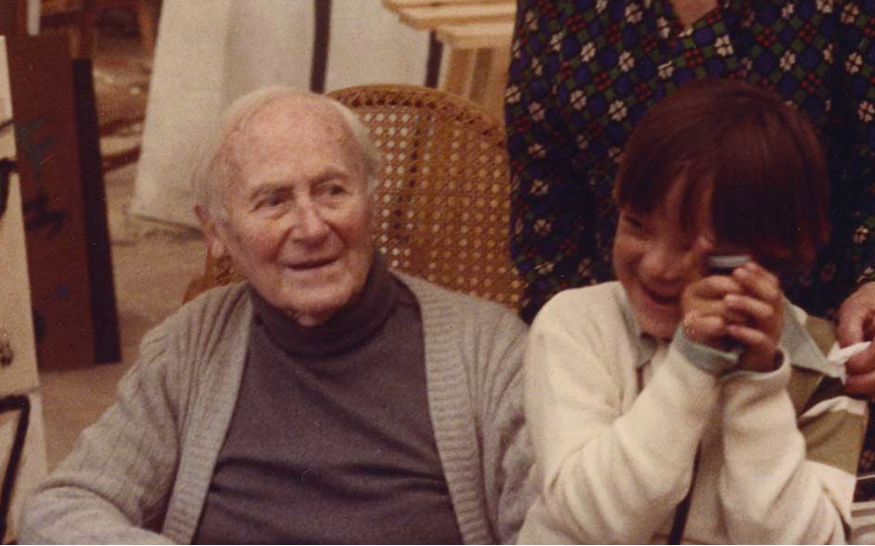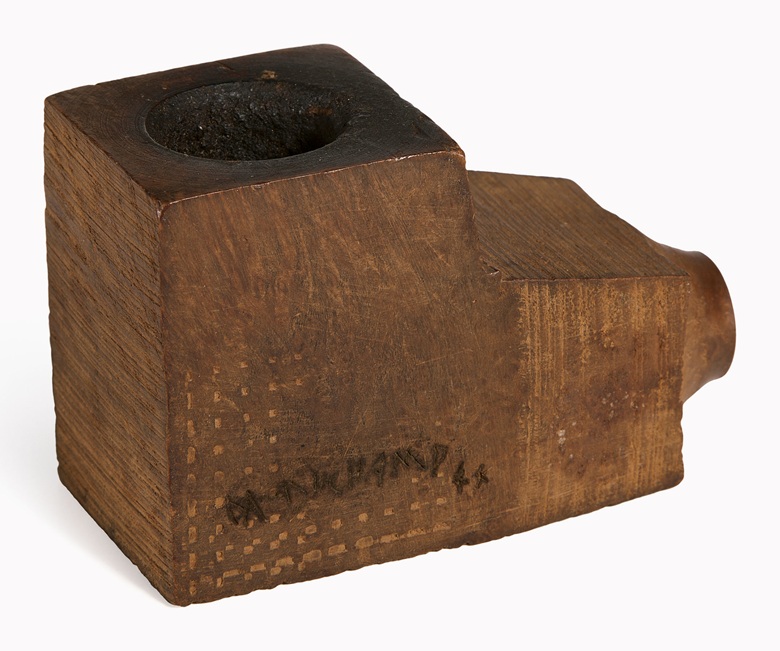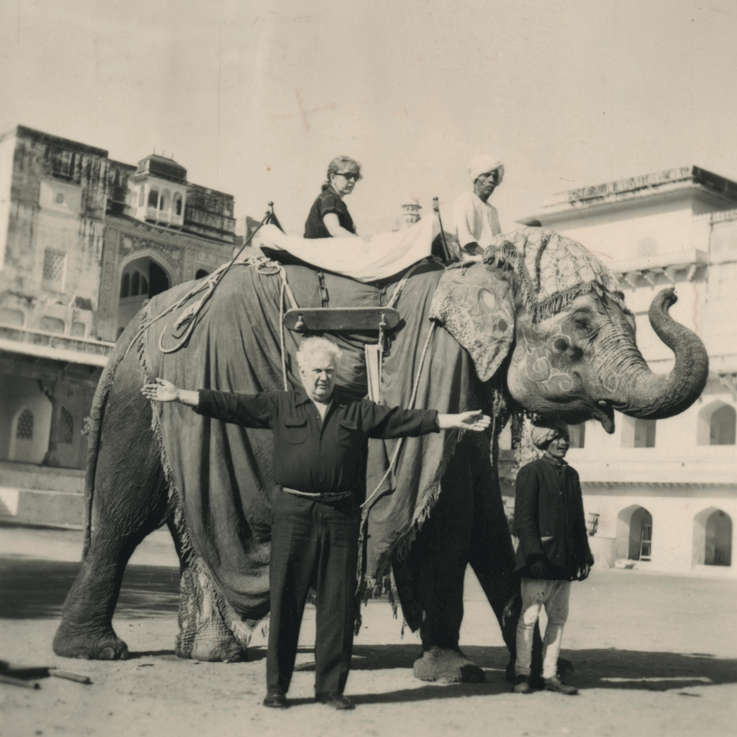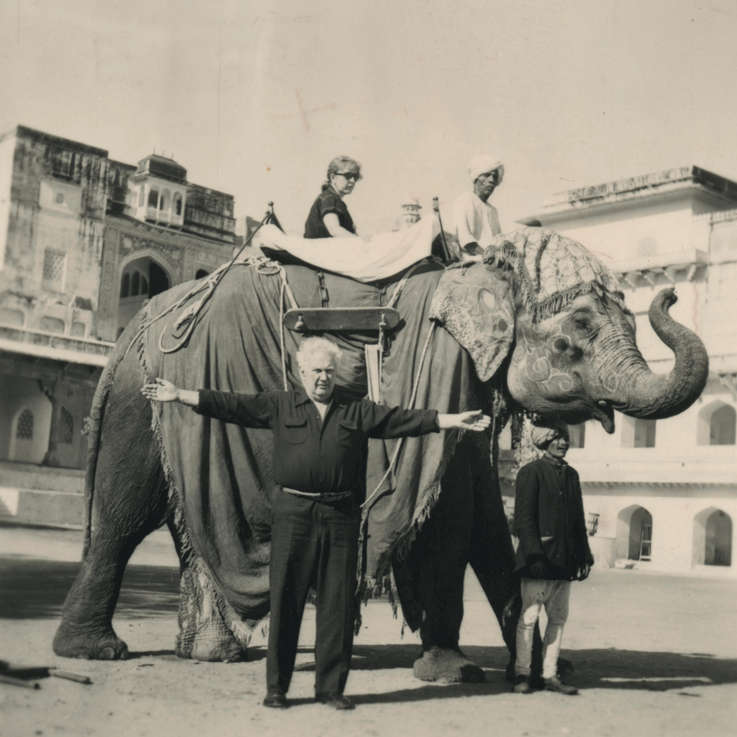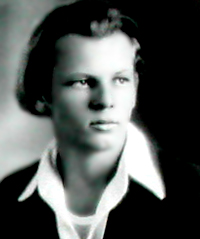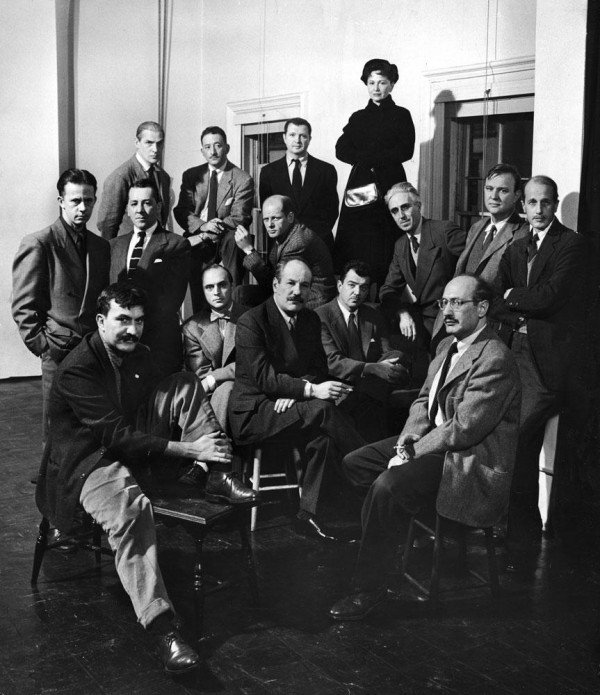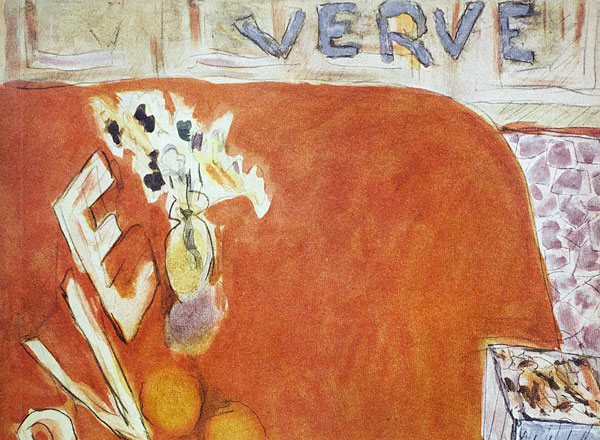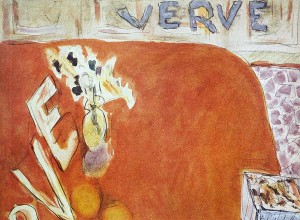‘My grandfather Joan Miró was an artist 24 hours a day, 365 days a year’
Joan Punyet Miró recalls a childhood spent amid the ‘great labyrinth of colours’ in the artist’s Mallorca studio — and his deeply personal relationship with the Red Cross.
What are your memories of your grandfather?
Joan Punyet Miró: Quite remarkable. I was just 10 years old when he was 85. I remember walking with him to his studio in Palma de Mallorca and, once there, being surrounded by hundreds of paintings and drawings. I would walk through this great labyrinth of colours — of blue, red, yellow, black and green, splattered all over the floor and his desk.
Aside from this colourful image, which has remained in my subconscious, another thing I remember about my grandfather is his social, political and cultural engagement with Spain, following the death of dictator Francisco Franco. The King, Juan Carlos I, would come and talk to him about the country’s transformation from dictatorship to democracy.
Read more : My grandfather Joan Miró

